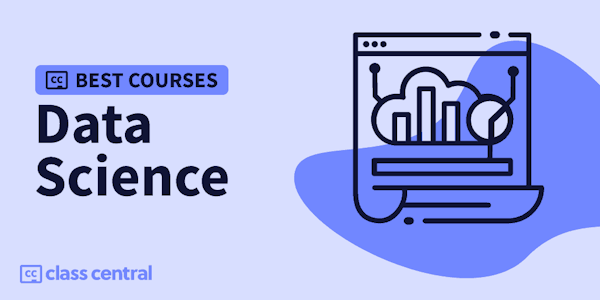Fundamentals of Visualization with Tableau
University of California, Davis via Coursera
-
507
-
- Write review
Overview
In this first course of this specialization, you will discover what data visualization is, and how we can use it to better see and understand data. Using Tableau, we’ll examine the fundamental concepts of data visualization and explore the Tableau interface, identifying and applying the various tools Tableau has to offer. By the end of the course you will be able to prepare and import data into Tableau and explain the relationship between data analytics and data visualization. This course is designed for the learner who has never used Tableau before, or who may need a refresher or want to explore Tableau in more depth. No prior technical or analytical background is required. The course will guide you through the steps necessary to create your first visualization from the beginning based on data context, setting the stage for you to advance to the next course in the Specialization.
Syllabus
- Data Visualization and Its Importance
- In this module, you will be able to define what data visualization is and discuss why it’s so important. You will listen to an interview with Dr. Ben Shneiderman, a modern pioneer of data visualization. You will be able to define interactive visualization and install Tableau Public so you can start to get acquainted with it for the next module. You will be able to make a simple viz so you can clearly see what skills are used in the process.
- Getting to Know Tableau for Data Visualization
- In this module, you will be able to identify and describe the various parts that make up the welcome screen, worksheet screen, and dashboard screen.
- Let's Make a Viz!
- In this module, you’ll be able to identify potential questions to answer with a given dataset. You will be able to make three different charts: a line chart, a tree map, and a bar chart. You will be able to create a dashboard with those charts, and be able to add some simple dashboard interactions.
- Tableau Community Projects and Visualization Best Practices
- In this module, you will be able to discuss where to get help. You will also be able to discuss where to go for inspiration and how to get involved in the Tableau community. If you are up for the challenge, you will also have the option to obtain an honor badge by applying five data visualization best practices and participate in a #MakeoverMonday peer reviewed project. Good Luck!
Taught by
Suk S. Brar, M.B.A. and Govind Acharya





